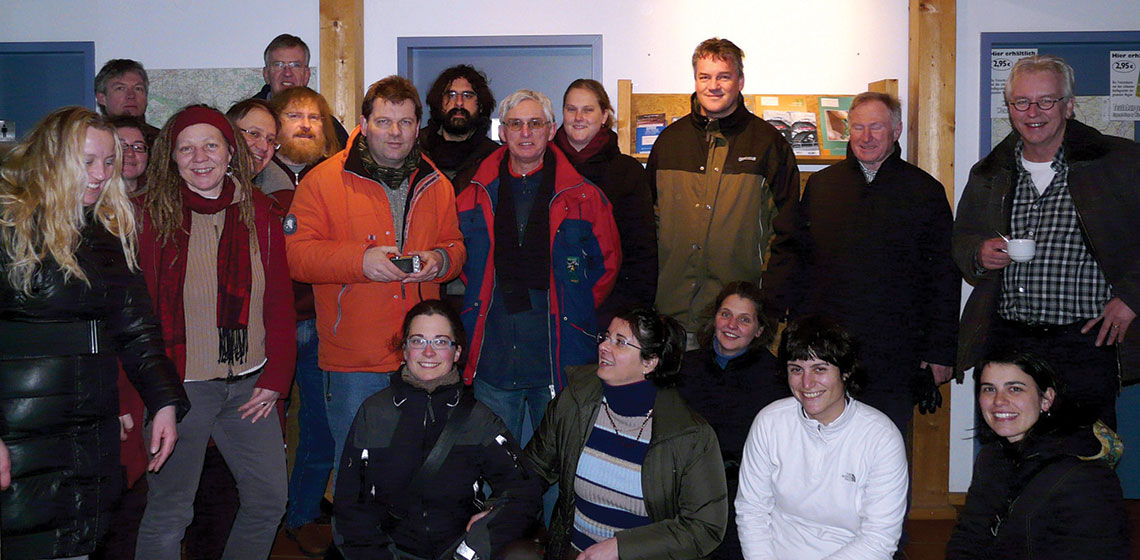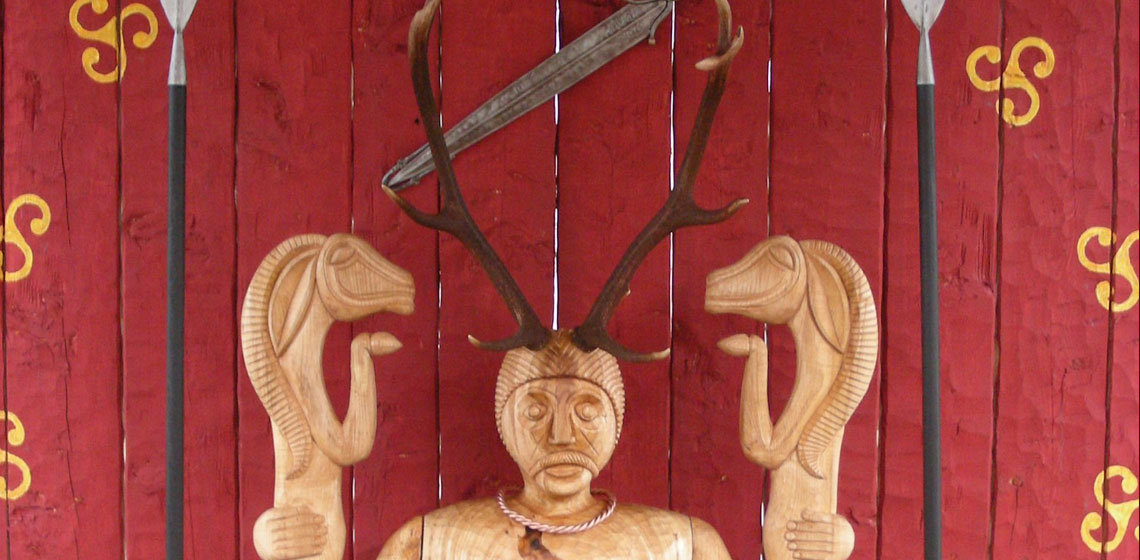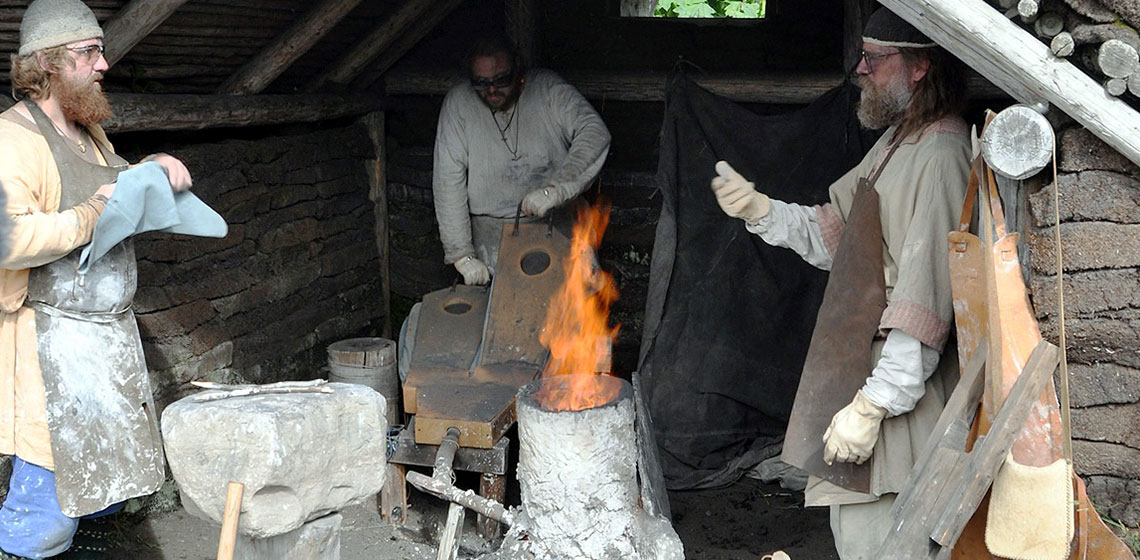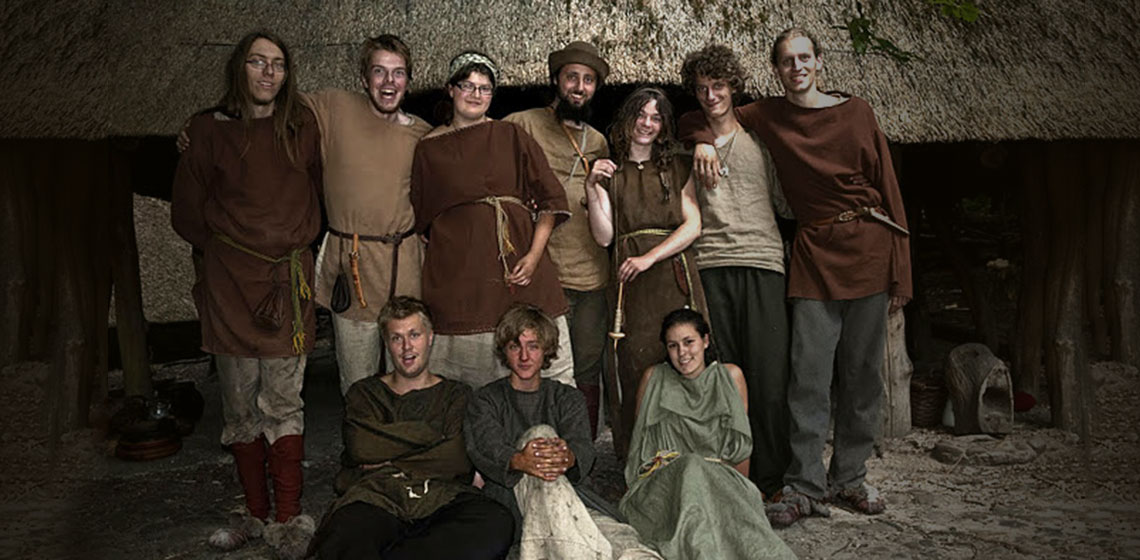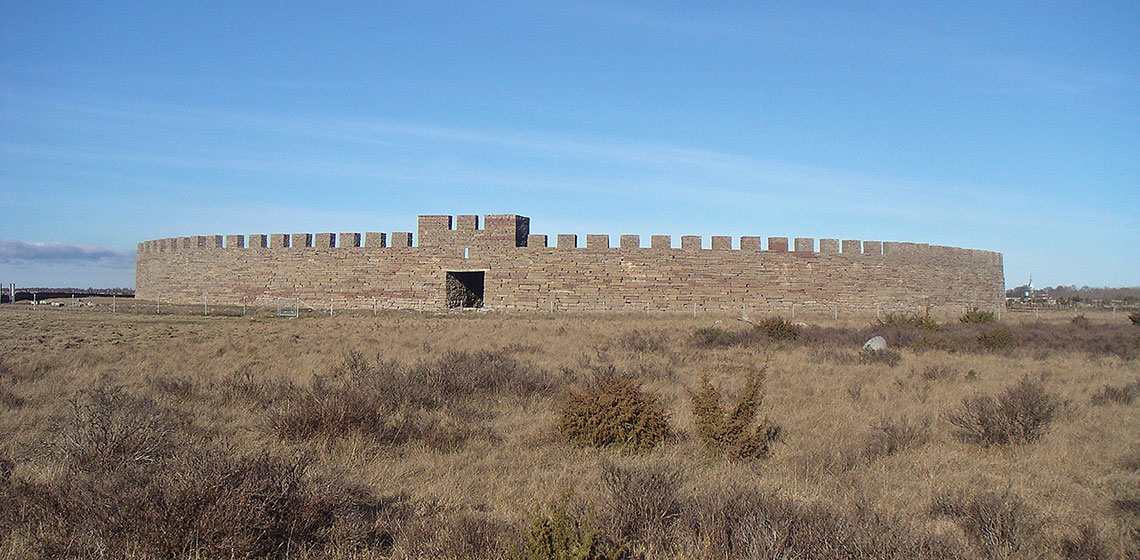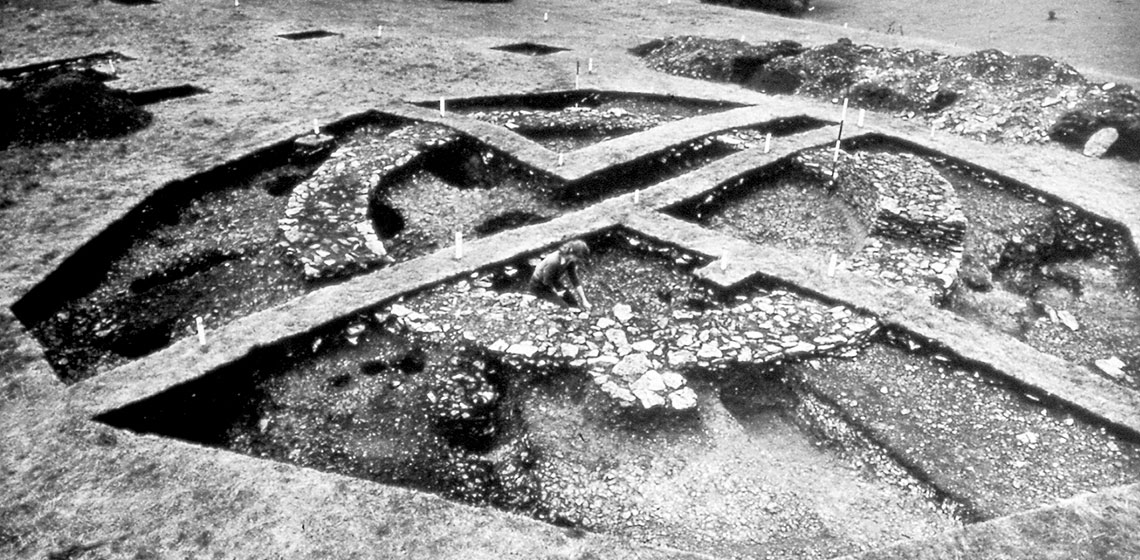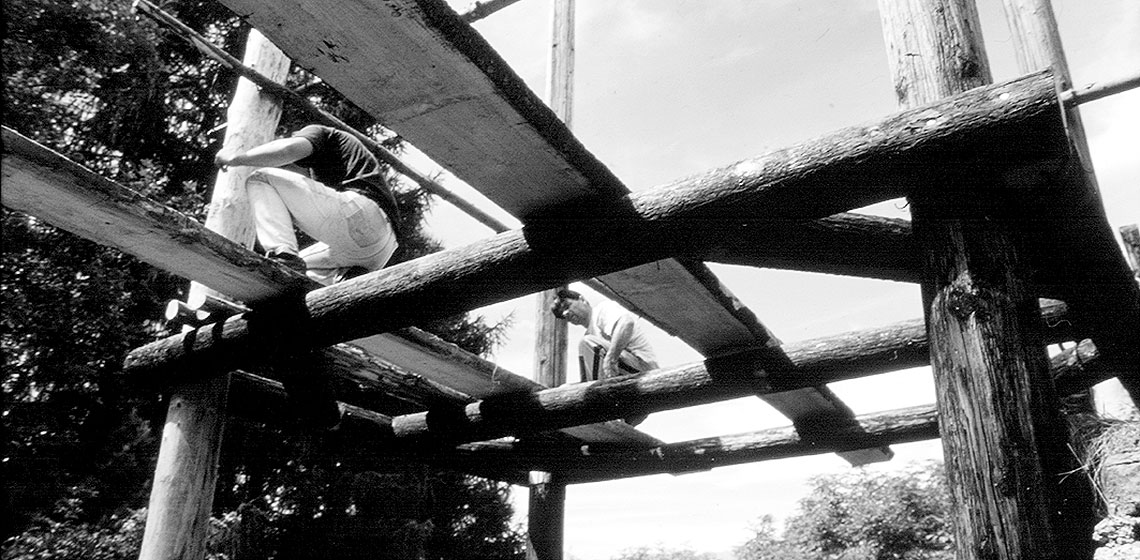Iron Age
Conference Review: The 1st Annual Seminar of Experimental Archaeology in Norway
Recent years have shown an upsurge of activities related to experimental archaeology in Norway. The time was therefore ripe to arrange a meeting (7 May 2011) and there was talk of forming a formal network for experimental archaeology in Norway. The previous meeting of the sort was in 2005, and the idea of a seminar was well received...
Grundtvig, Life Long Learning in Archaeological Open-Air Museums
In November 2009, the idea for launching a network on adult education in EXARC was picked up. The first step was a preparation meeting in Oerlinghausen, Germany where we met with about 20 EXARC members from almost all corners of Europe. By mid 2010, 15 organisations, including EXARC itself joined in two so called Grundtvig Learning Partnerships, funded by the European Union...
Roseldorf Rekonstruiert
This review concerns the article "Roseldorf rekonstruiert – Ein keltischen Heiligtums entsteht in Asparn an der Zaya" published in EuroREA 6/2009.
Left - a photo of the idol of Cernunnos placed inside the temple... But does he recognise his surroundings?
"But if you don't get any IRON..." Towards an Effective Method for Small Iron Smelting Furnaces
Building and operating a small bloomery iron furnace is certainly a wonderful public demonstration for any museum or living history site. It is however a complex technical process, with many individual factors combining for success. Over the last decade in North America, small teams of blacksmiths have developed predictable working methods through trial and much error. This direct practical experience can provide some insights into questions that even the best researched theories may not be able to solve.
WEA’s Latest Life Experiment
The WEA, Society for Experimental Archaeology, is a sub-society of the NJBG, the Dutch Historical Youth Association. It is formed by youngsters aged 12 to 26 who enjoy participating in several aspects of living history. WEA offers them a chance to learn about history, set up their own archaeological experiments, and the opportunity to participate in living history for example by learning a...
To Reconstruct a Sacrificial Site
The site
Eketorp fort on southern Öland is a prehistoric ring fort excavated between 1964 and 1974. The excavations showed that the first fort on this location was built in the fourth century AD (Eketorp I). About one hundred years later, it was torn down and then re-built on the same spot. The new fifth-century ring fort (Eketorp II) served as a fortified farmers’ settlement for about 250 years until it was abandoned in the late seventh century (Borg, Näsman, & Wegraeus 1976).
Interview: Sensing History with Hans-Ole Hansen
An interview with Hans-Ole Hansen, founding father of the Lejre Research Centre (DK), historical workshops and inspirer to many.
"In Lejre, we worked 30 years with education and experiment. There is always an exchange between education and research."...
The Scientific Basis for the Reconstruction of Prehistoric and Protohistoric Houses
1987 ESF Proceedings
The 1980s was the beginning of a boom in the construction of archaeologically inspired buildings inside and outside archaeological open-air museums.
***The purpose of this paper was to explore the scientific basis of building reconstructions. The critical issue was to address the problems of reconstruction in order to specify limits within which the reconstruction is of research/educational value and to a set standards which may act as guidelines.
Mock-up Presentation of the Gate Tower to the Hill Fort at Liptovská Mara
The author (Dr Oto Makýš from Department of Building Technology, Faculty of Civil Engineering, Slovak University of Technology, Bratislava, Slovakia) discusses the importance of including maintenance costs while planning an experimental construction based on the example of Liptovská Mara...


